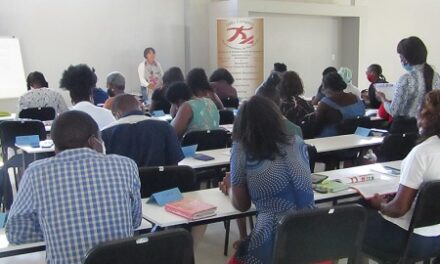
SADC weather experts predict that most parts of the region are expecting to record normal to above-normal rainfall for most of the period of October 2021 to March 2022.
The seasonal forecast is split into four overlapping three-monthly periods, which is October to December, November to January, December to February and January to March. Most parts of Namibia expect normal to above normal rainfall for the period of October to December 2021.
This information was released by the Research and Development desk of the Agricultural Bank of Namibia in their Market Watch monthly bulletin.
“Although the rainfall outlook at SADC level does not consider all factors influencing climatic variability across regions and farming areas in a country, it provides salient information to farmers and other economic sectors to prepare for a promising rainy season.
“Following the release of the SADC regional rainfall outlook, the Namibia Metrological Services, will start providing updates on the National Rainfall forecasts for the rainfall season 2021/2022,” said the researchers under the guidance of Ms Indileni Nanghonga.
“Should seasonal predictions become a reality for most parts of the country, we expect improvement in pasture conditions for livestock and reduced pressure on irrigated and dryland crop production which ultimately strengthen production output and farmers cashflow positions.
“As we look forward to positive updates on national rainfall forecast from the Namibia Metrological Services, farmers are urged to prepare for all possible outcomes of below, normal and above normal rainfall.”
Experts are saying that regional seasonal outlook for 2021/2022 rainy season brings good news to all economic activities that rely on water supply, particularly agriculture production. With prospects for another good rainy season, there is hope that the livestock sector will set on a recovery path.
“Notwithstanding, a positive seasonal outlook, farmers are advised to prepare for a worse-case scenario due to variability in climatic factors across and within production areas.”






